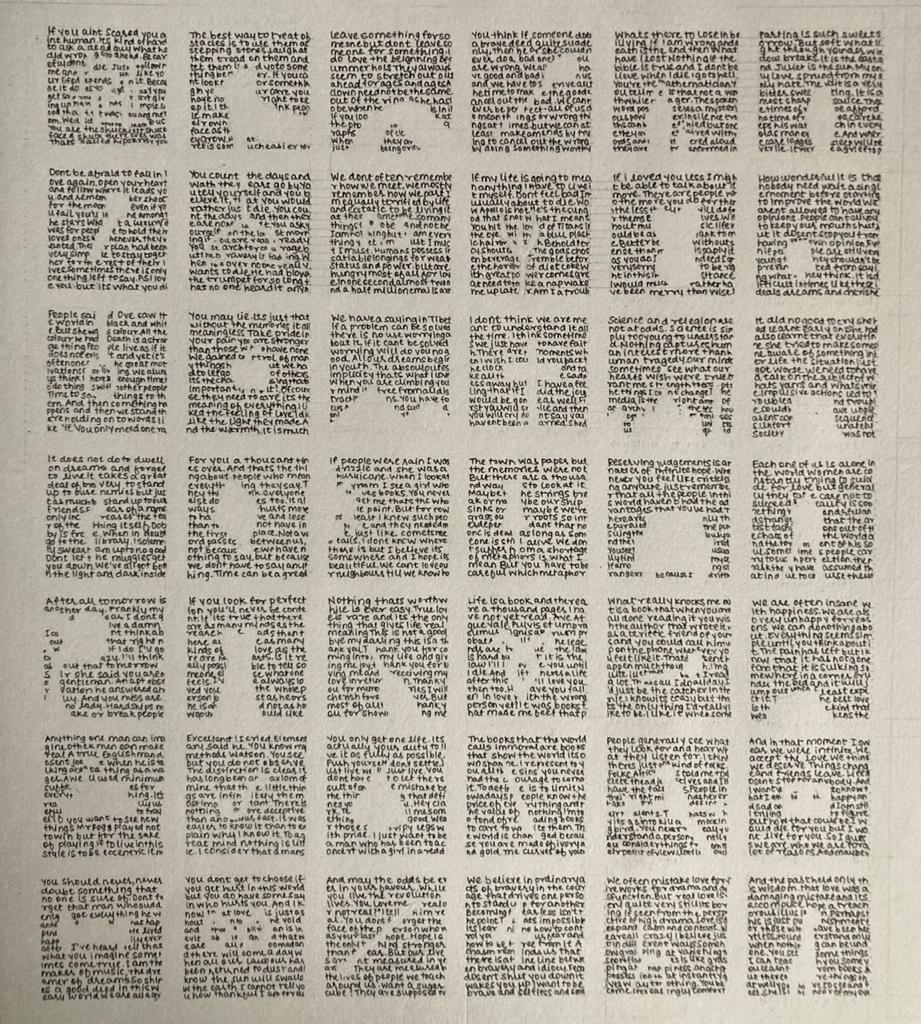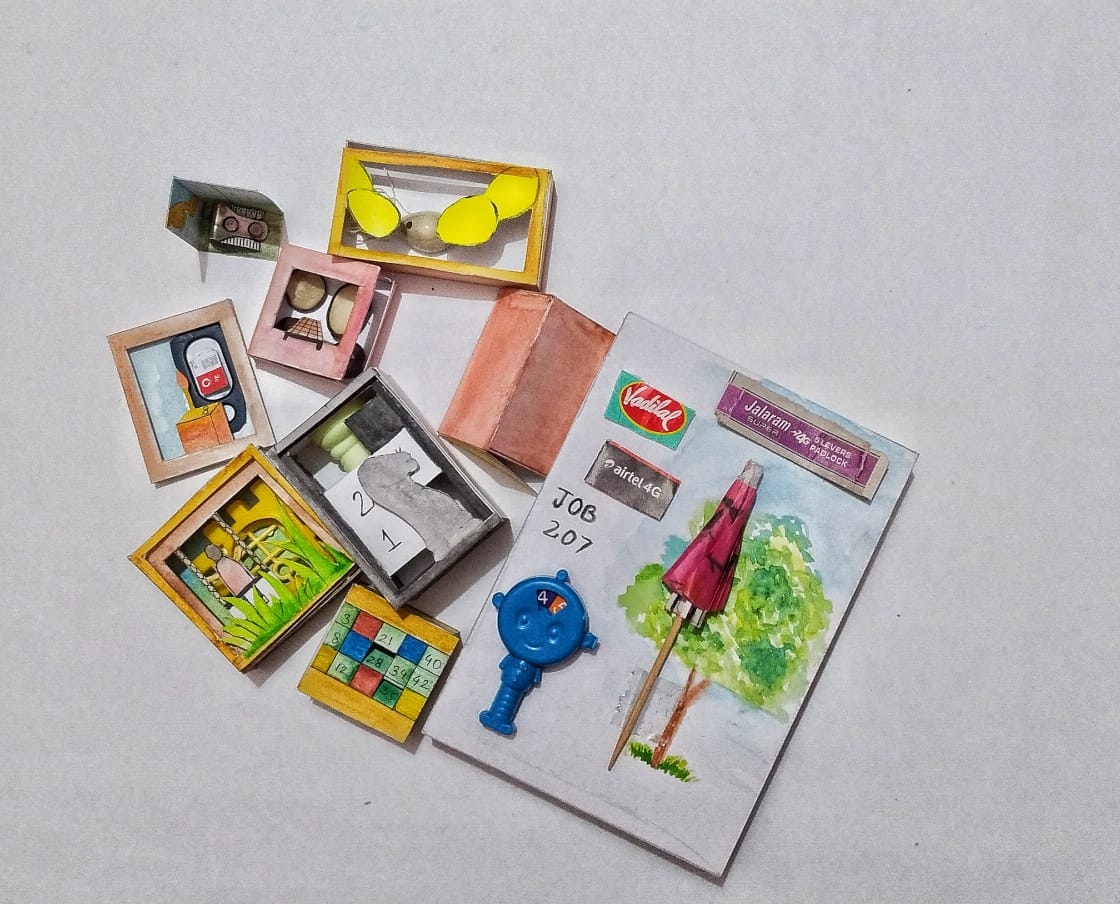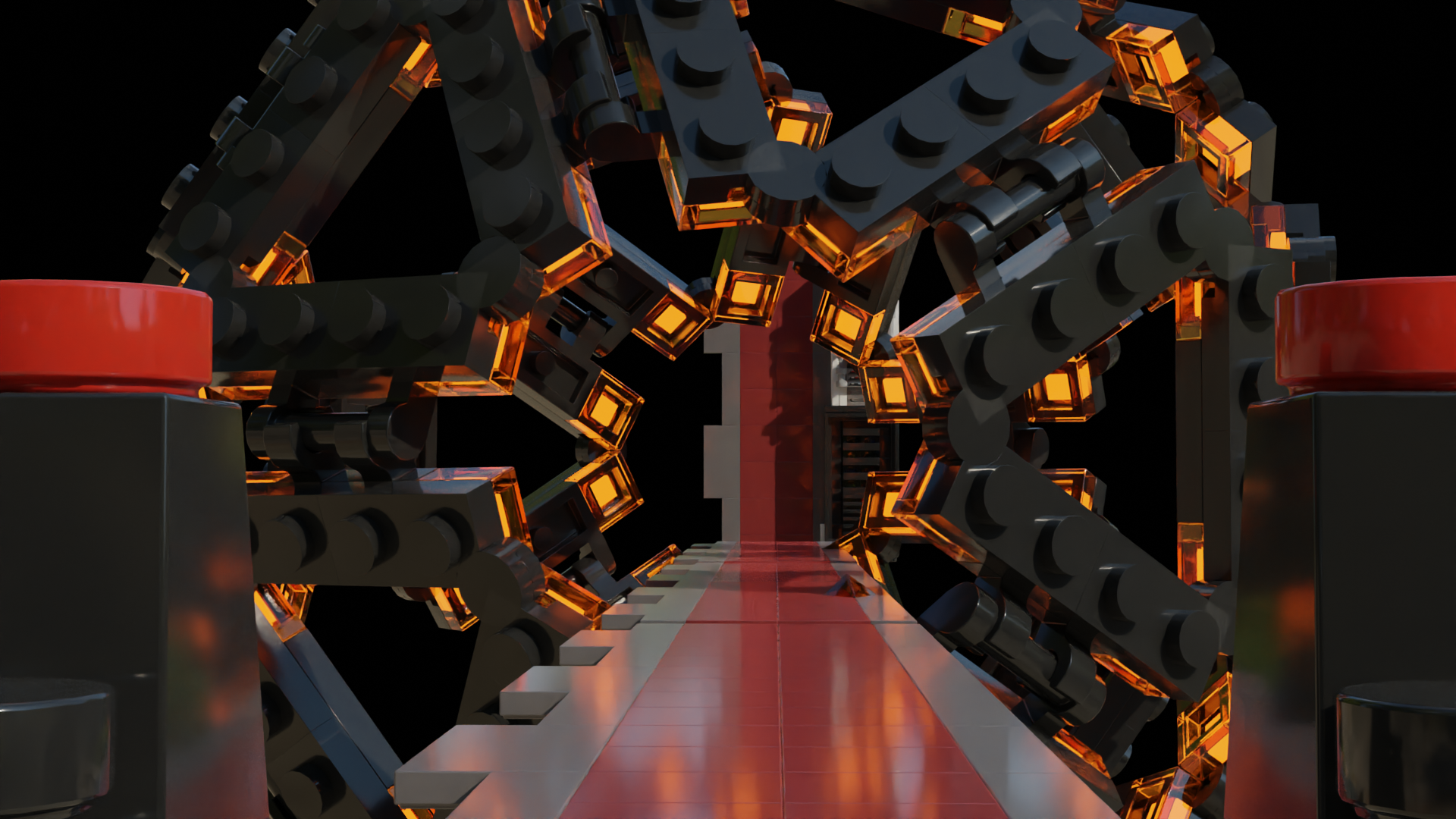
Prajwal Deshmukh
Allied Studies, Dipti Bhaindarkar
Miniature As World / As Method
Miniatures offer us the possibility to inhabit alternate worlds which are an assemblage of smaller-scaled objects that often resemble or are imagined to resemble a full-size object. lmaginations build up new meanings and new associations between these discrete objects. Miniatures and their alternative worlds have capabilities to transport people through space to explore what is unknown and what lies beyond. This course is premised on the argument that conscious alternative worlds created by the assemblage of tiny objects may not only add the possibility of escape, fantasy & alternative worlds but may also provide valuable reflections of current times. The course worked itself through the method of peer discussions & collaborative working. All participants contributed actively to brainstorm and articulate frameworks to enter the world of miniatures through history until today.
Miniatures are often in relation to the referential scale. Giant sizes make something feel tiny and miniatures make things seem to be giants. This correlation of scales and objects makes these narratives provocative, reflective and exploratory in nature. "Miniature doesn’t really need to have the literal idea of ‘mini’ in it. It’s semantics has kept evolving over years starting from ‘to illuminate/ rubricate’ then to now ‘small or tiny’ (for which limn was the word). MINIATURE as defined by Webster as a copy or a much-reduced scale or something small of its kind. That is a preconceived public notion of miniatures. Over the course of four weeks through intense peer discussions, readings, and movies we broadened our idea of miniaturisation (a process). A process that helps you to either collapse, condense or challenge the idea of time, realities/facts from the everyday. It broadened the imagination by helping to see the world from different optical lenses and enables us to bring our imaginative/alternate worlds that the viewers can also delve into. Layering, detailing and curating plays an important role in the process of miniaturisation.
The process of miniaturisation engages the maker a lot more in the process of making and demands the maker to keep making more of these objects in order to continue living their world of fantasy, and of escape. It is the 'lack' that one feels/ finds in their everyday life which makes miniaturisation a helpful process to engage with.
As humans we are habitual in the act of dreaming, trying to fulfill our desires of escape from the mundane routine of our life. Miniaturisation helps us in the act of dwelling our dream and giving it a physical form. It gives us a frame, a scale with which we can work and also enables us to shift our optic lens to that of a bird or of an ant or maintain the same as that of a human, the choice is ours. It has the scope to increase the power of imagination by blurring the lines between fantasy and reality. It challenges the realities of every day, challenges the eye level/ optic lens with which we (human) view our immediate surroundings and becomes a tool to portray multiple realities simultaneously. Layering of varied ideas and concepts in miniaturisation becomes very critical. Details is it's essence and holds the idea concept and the object together. And it is in these challenges lies it's future scope to invite people from all walks of life and adapt it as a tool in their practice of seeing, questioning, knowing, telling, listening, organizing and managing.
Model making (virtual/ physical) in this light is then just not reduced to the idea of it being scaled down to 50, 500 or scaled up to 10:1, 20:1. The act of making the model engages the craftsmen to think of it's spatiality much more rationally and in all 3 dimensions. It involves all the senses of the maker. It represents the idea/ concept of the maker and communicates to the viewer at a manageable scale and lens. Miniaturisation helps to collapse a sensorium into a box, cabinet of objects, a documentary. The process gives entire control onto your hands and makes you the creator of it's world. This course would further investigate through the idea of making Architectural Models. It was an attempt to open up the idea of miniatures, its premise through history and further to ask new questions to engage actively with miniaturisation. The method is then developed to focus on the nuances of the in-between worlds which often get left out due to objectification.
 Atisha Bhuta
Atisha Bhuta Sanjana Habde
Sanjana Habde Anupreksha Bakliwal
Anupreksha Bakliwal Manthan Chandak
Manthan Chandak

 Ronak Soni
Ronak Soni